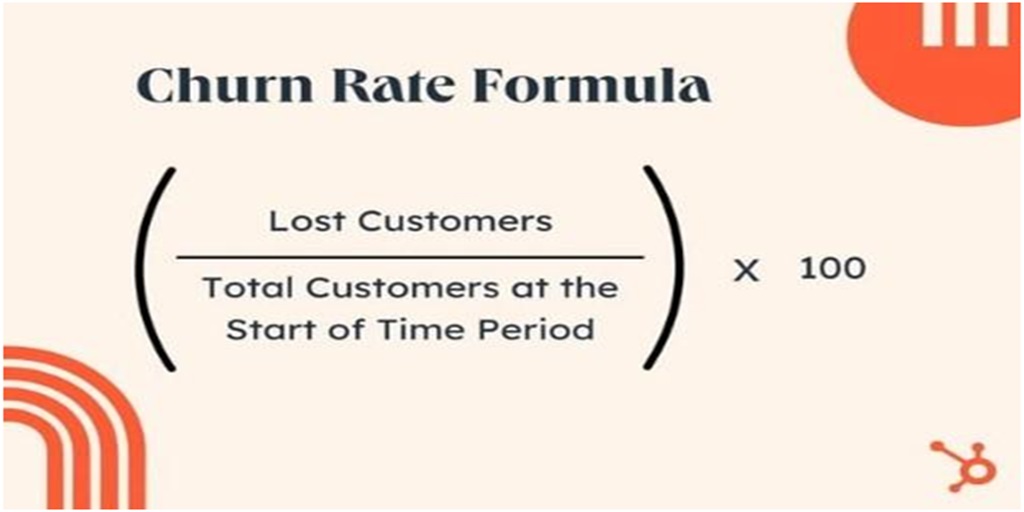According to recent research, the SaaS market size is projected to grow from $273.55 billion in 2023 to $908.21 billion by 2030 at a CAGR of 18.7%. One of the critical factors contributing to this growth is user engagement.
Engaged users are more likely to convert, advocate, and contribute to sustained business success.
But how do you know if your users are genuinely engaged?
Well, there are specific metrics that can offer you valuable insights into user behavior and satisfaction, allowing you to align your strategies with customer needs.
These metrics, when consistently monitored, unveil patterns, preferences, and areas for improvement that can harmonize with your business goals.
However, identifying the right metrics can be a challenge for many businesses.
To assist you, we’ve compiled five crucial user engagement metrics that can significantly impact your B2B SaaS success.
Keep reading!
5 Important User Engagement Metrics for B2B SaaS
User engagement is paramount for B2B SaaS success.
Here are 5 crucial user engagement metrics that can provide invaluable insights into the health and performance of your business.
1. Feature Adoption Rate
Feature Adoption Rate is a pivotal metric measuring the percentage of users actively embracing specific features within your B2B SaaS platform.
This metric goes beyond user acquisition to gauge the depth of interaction with the functionalities you offer. Understanding feature adoption provides crucial insights into the aspects of your product that resonate most with users.
By identifying features whose functionalities are highly valued, you can optimize your product roadmap for greater impact on user satisfaction and monthly recurring revenue (MRR).
The MRR can be directly influenced if you manage your subscriptions effectively, ensuring users find value in the features they are paying for. You can easily manage your subscriptions using subscription management software. Even better, you can read the Younium guide for insights on optimizing subscription management.
Doing so can help you strategically allocate resources to enhance and promote those features, fostering increased engagement.
2. User Retention Rate
User Retention Rate calculates the percentage of customers who persist in using your product over time.
The metric is an indicator of customer satisfaction and the perceived value of your solution.
A high retention rate signifies content and loyal customers, while a declining rate may indicate potential issues.
By closely monitoring this metric, businesses gain insights into trends, allowing them to implement proactive strategies to reduce churn and retain valuable customers.
This proactive approach can include targeted communication, feature enhancements, or personalized support, fostering a positive user experience and solidifying the long-term success of your B2B SaaS product in a competitive market.
3. Customer Churn Rate
Customer Churn Rate is a critical B2B SaaS metric. It measures the percentage of customers discontinuing product usage within a specified timeframe.
To calculate the customer churn rate, you divide the number of customers lost during a specific period by the total number of customers at the start of that period, then multiply by 100.
 . Image via Hubspot
. Image via Hubspot
This metric is pivotal for assessing customer retention, offering insights into potential issues and areas for user experience enhancement. Identifying a negative churn, where expansion revenue exceeds losses, is crucial for sustained profitability.
To effectively calculate losses and minimize churn impact, automating recurring billing is recommended.
You can leverage free or paid recurring billing software to easily manage your subscriptions and automate payments. The Attrock curated list of the best recurring billing software can offer you insights to make an informed choice ensuring that your B2B SaaS product mitigates churn, retains customers, and sustains long-term success.
4. Net Promoter Score (NPS)
Net Promoter Score (NPS) helps gauge user satisfaction and loyalty through their likelihood to recommend the product.
As a widely recognized benchmark, NPS not only measures current customer sentiment but serves as a predictor of future growth.
Users are categorized as promoters, passives, or detractors, offering insights into user advocacy.
Promoters, those likely to recommend, play a crucial role in positive word-of-mouth marketing, influencing potential customers.
Monitoring NPS provides a qualitative dimension to user engagement, allowing businesses to identify areas for improvement and capitalize on strengths.
What’s more?
The actionable feedback derived from NPS surveys aids in refining strategies, ultimately contributing to long-term success and sustained growth.
5. Customer Lifetime Value
Customer Lifetime Value (CLV) predicts the total revenue a customer is expected to generate over their entire relationship with your product.
Beyond measuring short-term gains, CLV assesses the long-term value of a customer, offering critical insights into their impact on profitability.
This metric enables businesses to segment customers effectively, allocate resources strategically, and prioritize high-value user acquisition and retention strategies.
By understanding the potential lifetime value of customers, businesses can tailor their efforts to maximize returns, providing a foundation for sustainable growth and profitability.
Final Thoughts
User engagement influences B2B SaaS growth and profitability.
Tracking user engagement through metrics like feature adoption rate, user retention rate, churn rate, NPS, and CLV provides insights into user behavior and satisfaction. In addition, it helps identify areas for improvement and refine your strategies.
Start tracking your user engagement using the mentioned metrics and empower your strategies to align seamlessly with user needs, fostering sustained satisfaction, and ensuring enduring success.
—————————————————————————————————-
Author Bio – Reena Aggarwal
 Reena is the Director of Operations and Sales at Attrock, a result-driven digital marketing company. With 10+ years of sales and operations experience in the field of e-commerce and digital marketing, she is quite an industry expert. She is a people person and considers human resources as the most valuable asset of a company. In her free time, you would find her spending quality time with her brilliant, almost teenage daughter and watching her grow in this digital, fast-paced era.
Reena is the Director of Operations and Sales at Attrock, a result-driven digital marketing company. With 10+ years of sales and operations experience in the field of e-commerce and digital marketing, she is quite an industry expert. She is a people person and considers human resources as the most valuable asset of a company. In her free time, you would find her spending quality time with her brilliant, almost teenage daughter and watching her grow in this digital, fast-paced era.
re****@at*****.com



